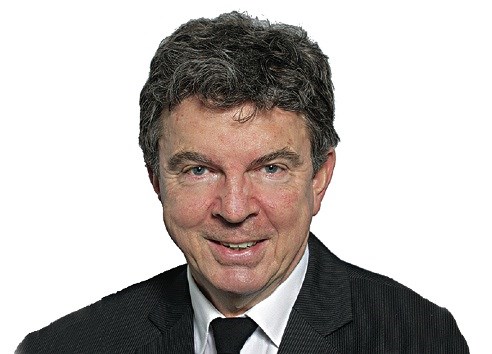Environment Minister Mary Polak isn’t going to wade into it, so that leaves Greater Victoria standing in it.
The sewage treatment argument, to be precise.
Polak served notice Tuesday she won’t intervene in the impasse over siting a treatment plant in Esquimalt. That’s a move that just cost the Capital Regional District “scores of millions,” by one informed estimate, in engineering work devoted to a plant there that will likely not be built.
It also throws the CRD back several steps on the timeline for the project. And the timeline is crucial to several hundred million dollars worth of federal and provincial funding that is being offered — but is not on the table forever. It also raises doubts about the whole public-private partnership set up at the province’s insistence to get it done.
There seemed to be a view in some quarters that Esquimalt’s decision to vote down the siting of the plant there meant that the concept of sewage treatment had been voted down.
Polak took pains to reject that idea. “The question isn’t whether or not they’ll get sewage. They will, because its a federal and provincial requirement. They’ll get sewage treatment. The question is do they foot the bill entirely, their taxpayers, or will the provincial and federal governments assist them?
“If they start to slip on their timelines then they are at risk of losing the funding.”
Polak begged off because the B.C. Liberals are loathe to violate their own community charter, the rewrite of municipal law that gave local governments much more autonomy. The province can still intervene on environmental issues under legislated circumstances. But this mess doesn’t meet the threshold that would trigger such a move, according to provincial officials.
Politically, they’re keeping hands off because it’s such a hard issue to win any points on. The nearest Liberal seat is 150 kilometres away and the only significant promise the Liberals have made to the region — one-third funding for treatment — has started a lot more arguments than it has construction.
You have to wonder when they will decide there are lots better, easier places to spend large sums of money.
Regionally, officials who are privately amazed at Polak’s call now have to go back somewhere close to square one. Legal challenges may be considered, but that’s unlikely and probably won’t go anywhere.
The job now is to find a new plan that’s close enough to the original plan that they can salvage some of the engineering millions spent to date. While that gets started, there will be a host of people coming forward with new ideas. All the discounted ideas will be revived and checked out yet again.
Green Party MLA Andrew Weaver started that ball rolling, saying the CRD should look at better, more innovative ideas. The senior government money is good until 2018, so there is time to put a better plan together.
There will be a lot of “I told you sos.”
More amenities and benefits are likely to be added on to the next version in order to make it more attractive, all of which add to the cost. And there will be a lot of municipal campaigning starting, which will freeze out any real progress for probably a year or more.
There might also be a rethink of Seaterra’s role, and existence. The P3 approach was dictated by the province, but it involved trying for the crucial rezoning without having real design drawings to show people what the plan looked like. There will be some thought of reverting back to direct CRD management, so engineering and design work can be contracted directly, so citizens will have something to look at during public hearings other than abstract visions.
Ironically, Seaterra was expected to unveil the drawings of what the Esquimalt plant would look like this week. They may never now see the light of day. Barring a major breakthrough, it’s likely the whole regroup and rethink exercise will land the region right back near where it started; eyeing a waterfront site that is surrounded by people who don’t want a treatment plant as a neighbour.
The only thing that is clear is the view from one official: “This is going to cost us a lot of money.”



